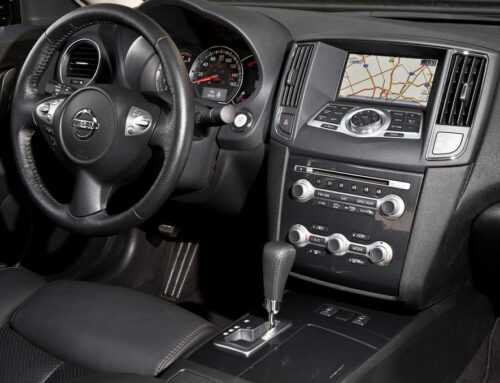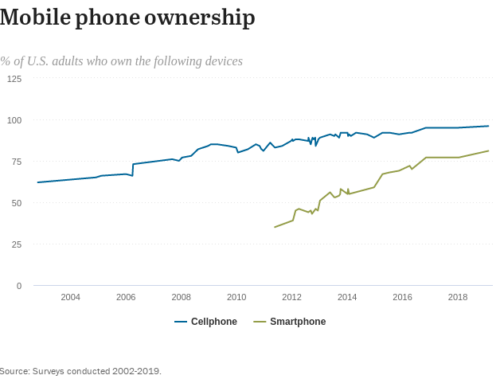Vehicle Forensics moves to OBDIII access
The Genesis of Automotive Intelligence: Understanding OBD
The story of On-Board Diagnostics (OBD) begins as a revolutionary approach to automotive technology. Initially conceived as a simple monitoring system, OBD has transformed how we understand and interact with vehicles. In the early days of automotive engineering, mechanics relied primarily on manual inspections and intuitive troubleshooting to diagnose vehicle issues.
Before OBD, car owners faced significant challenges in identifying and addressing vehicle problems. Mechanics would spend hours diagnosing issues through time-consuming and often imprecise methods. This inefficient process created a significant gap between vehicle performance and maintenance effectiveness.
The California Connection: Pioneering Emissions Monitoring
California emerged as a critical catalyst in OBD development. In the 1980s, the state’s strict emissions regulations prompted automotive manufacturers to develop more sophisticated diagnostic systems. The California Air Resources Board (CARB) mandated the first generation of OBD systems, primarily focusing on monitoring emissions-related components.
These initial systems represented a groundbreaking shift in automotive technology. They introduced standardized electronic monitoring of critical vehicle systems, allowing real-time detection of potential problems. Manufacturers began integrating computer-based diagnostic capabilities that could identify and report specific issues with engine performance and emissions control.
The Evolution of OBD Standards
The transition from OBD-I to OBD-II marked a significant technological leap. OBD-II, introduced in 1996, became a mandatory standard for all vehicles sold in the United States. This universal protocol standardized diagnostic connectors, communication methods, and reporting systems across different automotive manufacturers.
Unlike its predecessor, OBD-II provided a comprehensive diagnostic interface. The standardized 16-pin connector, now familiar to most automotive professionals and enthusiasts, allows for unprecedented access to vehicle diagnostic information. This system can monitor everything from engine performance to transmission health, providing detailed error codes that simplify troubleshooting.
Modern OBD: Beyond Diagnostics to Smart Mobility
Today’s OBD systems have evolved far beyond simple error reporting. Modern automotive diagnostic technologies integrate advanced telemetry, providing real-time data about vehicle performance, fuel efficiency, and driving behaviors. Smartphone applications and advanced diagnostic tools now connect directly to OBD ports, offering unprecedented insights into vehicle health.
The future of OBD promises even more sophisticated integration with emerging technologies like autonomous driving and connected vehicle ecosystems. As vehicles become increasingly complex, OBD systems will continue to play a crucial role in maintaining performance, safety, and efficiency.
A Technological Marvel
From humble beginnings to a sophisticated diagnostic marvel, OBD has fundamentally transformed automotive maintenance and understanding. What started as a regulatory requirement has become an indispensable technology that connects drivers, mechanics, and vehicles in ways never before imagined.
Typically the accident reconstructionist world takes physical measurements, possibly video and data obtained from the “little black box” or crash recorder in order to rebuild the series of events. They may also utilize engineering specialist, related directly to the vehicle itself or mechanics to review what’s left after the accident.
Now the term Vehicle Forensics means more and can be applied to more investigations.
With the newest release from Berla, the OBD port and the initial OEM of FORD, Forensic experts can access more data thru the CanBus network before the infotainment system is even looked at.
The biggest point is key records found showing how many keys are programmed to be used with the vehicle. How about know VIN numbers from across 10-15 different electronic system. We have just begun to open this new set of data points from the OBD port and CANBUS system.
If you have ANY investigations that involves the use of car please call us for free consult on what possible may be available through Vehicle forensics, Infotainment forensics and this NEW Can BUS system acquisition.




Leave A Comment